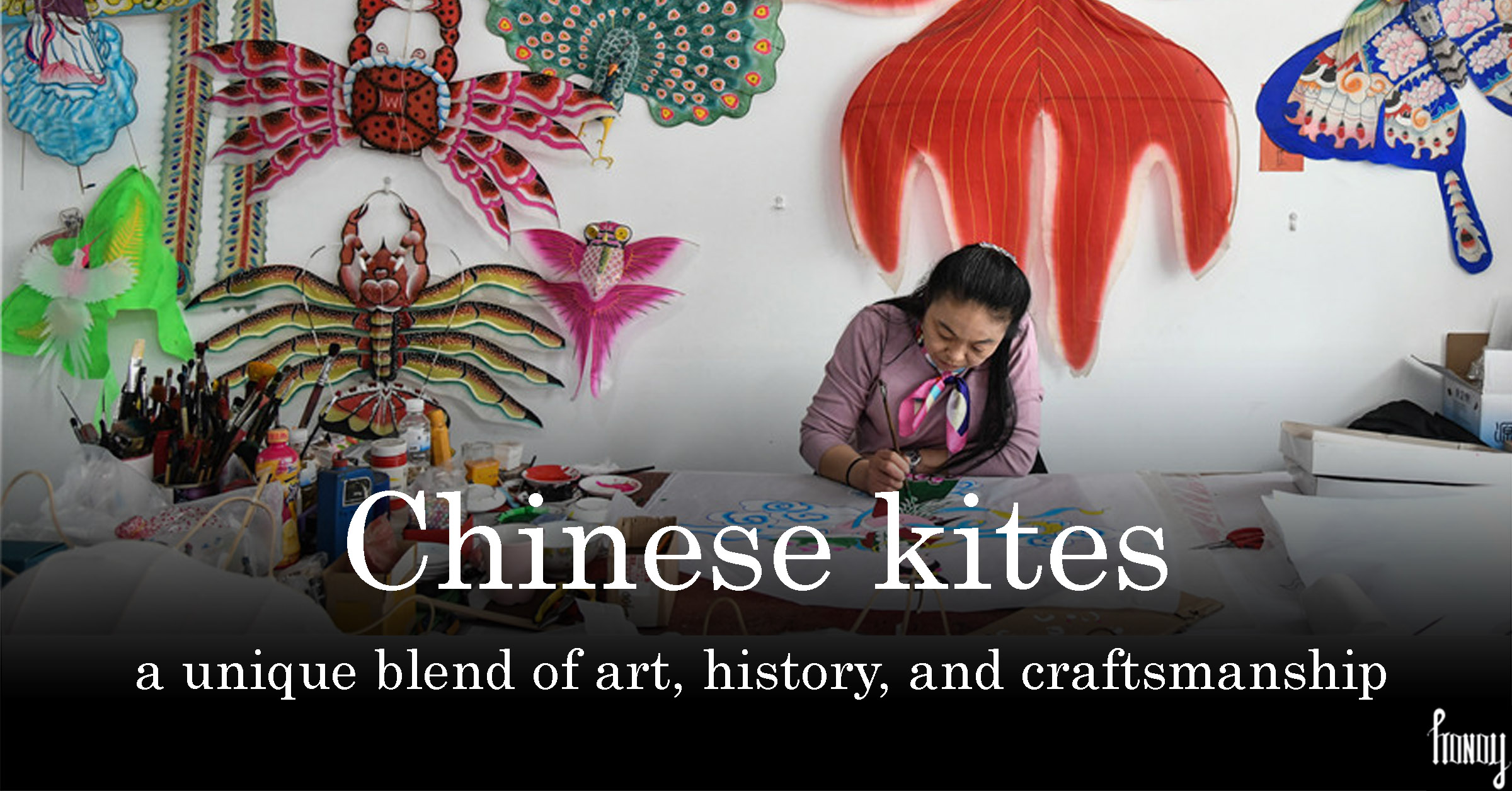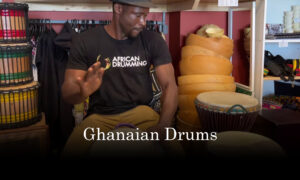Introduction to Chinese Kites
The hidden and the beautiful world of Chinese kites is a treasure of wonders to its lovers around the world. When it comes to the crafts popularly associated with the Chinese culture, one often thinks of Chinese silks, calligraphy, porcelain, or martial arts. However, there is one another artistic tradition that has been captivating both young and old for centuries in China – the craft of making and flying kites. Chinese kites hold a cultural significance that represents a unique blend of art, history, and craftsmanship. In this blog post, we will explore the fascinating world of Chinese kites and the cultural legacy they carry.
A Historical Journey
The history of Chinese kites is a long and storied one, dating back more than 2,000 years. It’s believed that kites were first invented during the Eastern Han Dynasty (25-220 AD), primarily for military signaling and meteorological observation. Over time, they evolved from being purely functional to becoming objects of leisure and artistic expression.
Symbolism and Culture
The Chinese kites are more than just objects to be flown in the sky; they are laden with symbolism and cultural significance. Traditional Chinese kites often feature mythical creatures, legendary figures, and symbols of good luck and prosperity. The dragon kite, for instance, is a common design symbolizing power, strength, and good fortune. These kites are not just beautiful to look at; they carry stories and values that have been passed down through generations.
Materials and Craftsmanship
The Chinese kites are typically constructed using bamboo for the frame and rice paper or silk for the covering. The frame is diligently assembled, with each piece of bamboo cut to precise measurements. The covering is carefully stretched and glued to the frame, creating a taut and aerodynamic surface. The decorative elements are often hand-painted or adorned with intricate designs cut from colored paper.
Regional Variations
China is a vast and diverse country, and as such, different regions have developed their own unique styles and designs of kites. For example, the city of Weifang in Shandong Province is known as the “Kite Capital of the World.” Weifang kites are renowned for their exquisite craftsmanship and intricate designs. In contrast, Beijing-style kites often feature bold, colorful patterns and shapes, reflecting the city’s imperial history.
Kite Festivals
Throughout the year, China hosts numerous kite festivals, celebrating the artistry and culture of kite making and flying. One of the most famous is the Weifang International Kite Festival, where kite enthusiasts from around the world gather to showcase their creations and engage in friendly competitions. These festivals provide a platform for both traditional and innovative kite designs.
Modern Applications
While Chinese kites have deep roots in tradition, they continue to evolve with the times. Today, kite flying is not just a hobby but also an art form and a competitive sport. Kite-making techniques have also been adapted for scientific research, meteorology, and even aeronautics.
Contemporary Chinese kite makers have elevated the craft to artistic heights. Renowned artisans like Wei Yongsheng are celebrated for their innovative designs, blending traditional techniques with modern aesthetics. Notable organizations like the Weifang Kite Museum contribute to the preservation and evolution of this ancient art form, showcasing the talents of today’s kite makers.
Conclusion
The artistry and craftsmanship of Chinese kites informs us of the rich cultural heritage of China. These majestic and delicate creations are more than just flying objects; they are a representation of history, culture, and regional diversity. The craft of Chinese kites has endured for millennia, capturing the hearts and imaginations of people of all ages. As we watch these colorful wonders take flight in the sky, we are inspired and joyed by the simple act of seeing dreams soar high.





























Pingback: The sensational world of Chinese silk in 5 mins